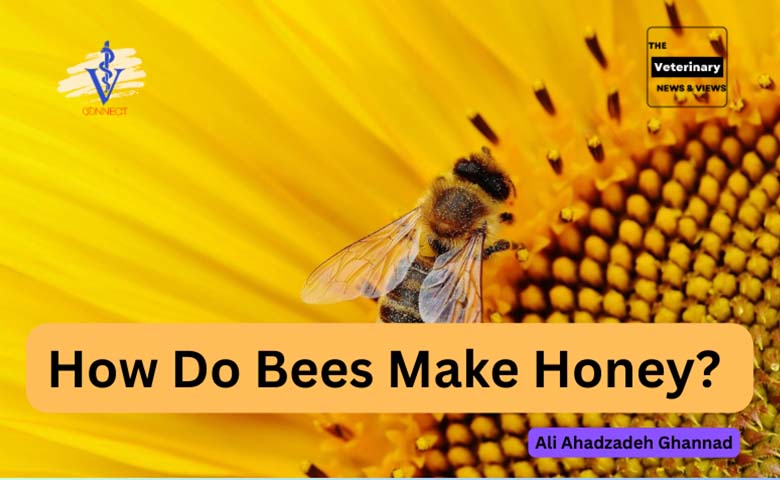1️⃣ Fuel from flowers
Honeybees venture forth from the hive to gather #nectar from flowers. Nectar varies by flower species but is primarily a mix of sugar, water, and various proteins and amino acids. A portion of the nectar provides worker bees with the energy they need to visit up to 100 flowers each trip. The majority of the nectar, however, goes into a specialized storage stomach so the bee can transport it back to the hive.
2️⃣ Double digestion
At the hive, worker bees regurgitate the nectar to pass it off to processor bees. Processor bees do most of the #honey making because they’ve got more of the enzymes that finish breaking down nectar’s complex polysaccharides into usable sugars. For example, invertase converts sucrose into glucose and fructose. After about half an hour of digesting, the processor bees regurgitate the honey into one of the holes of the hive’s honeycomb.
3️⃣ Drying down
At this point, the honey is still roughly 70% water. For the honey to last in the hive—or your pantry—without fermenting, the water content needs to be much lower, so microbes can’t survive. The bees fan the honey with their wings, circulating the air of the hive to carry away evaporated water until the honey is less than 18% water. Then, the tiny chemists seal the hole in the hashtag#honeycomb up with wax.
◾ Source: ACS Chemistry for Life
◾ Photo by Alexas_Fotos on Unsplash
